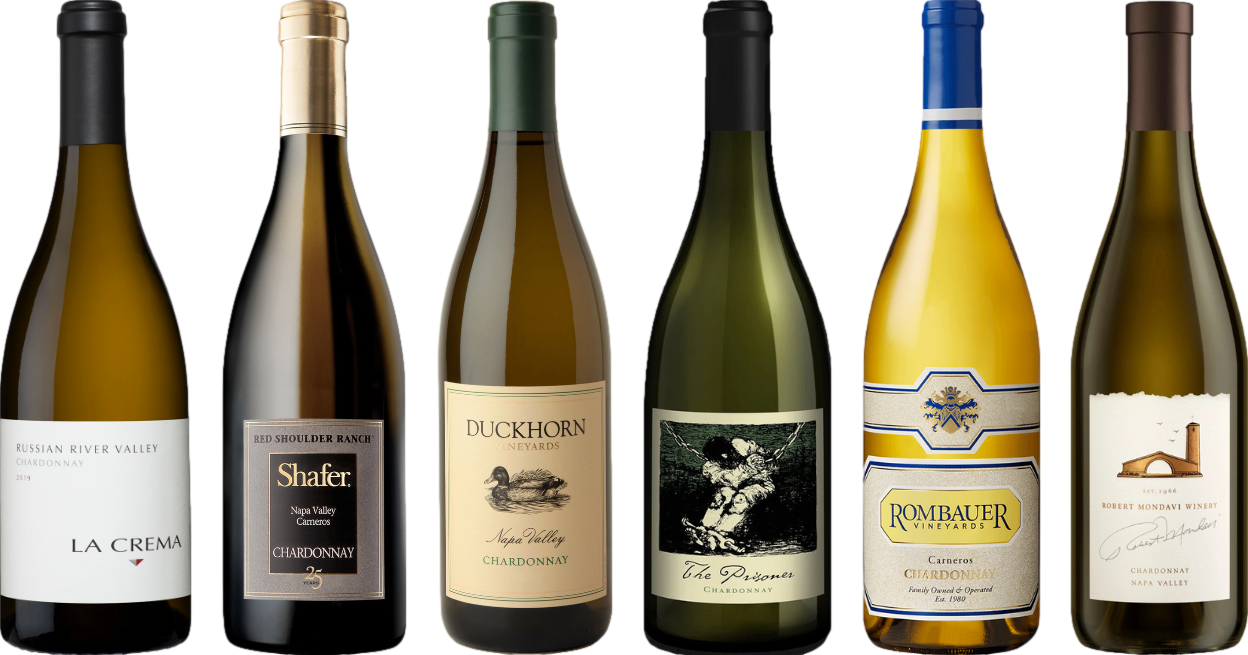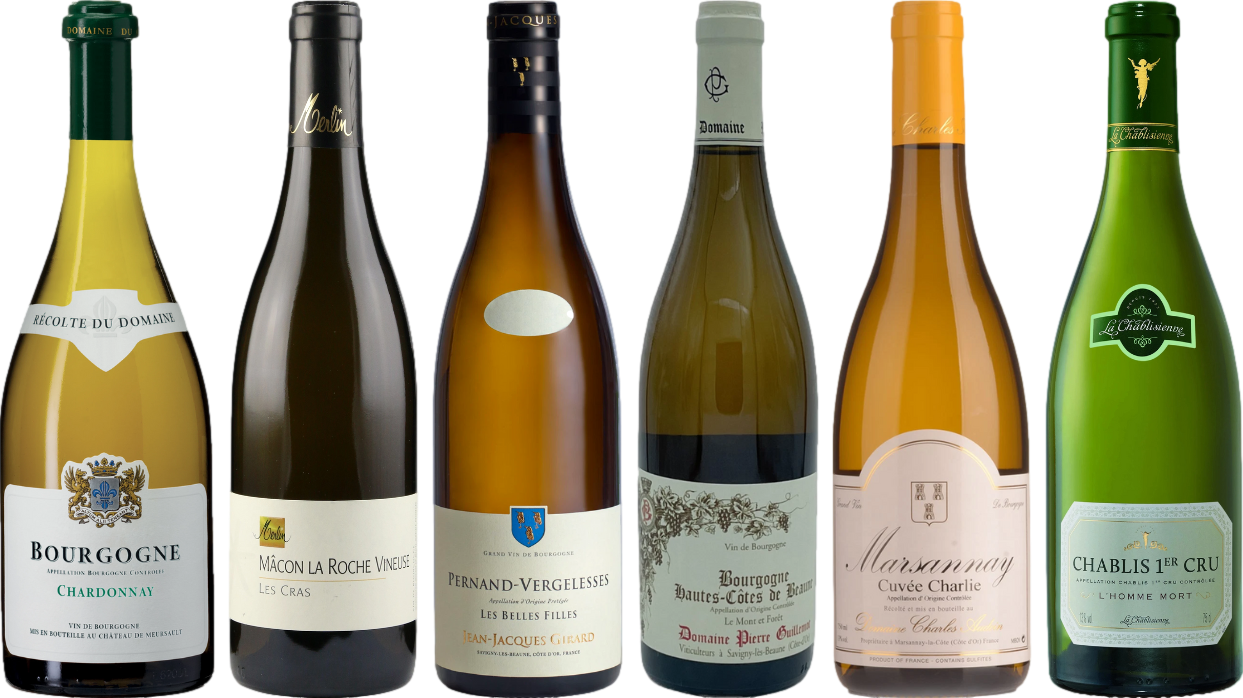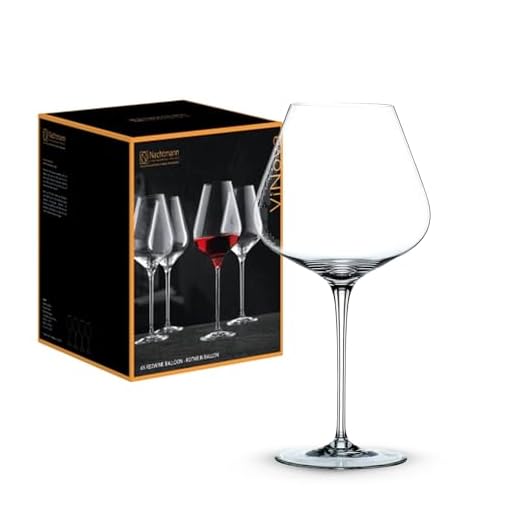



For those seeking a refined and elegant choice, a classic French white offers remarkable complexity and depth. Originating from the Burgundy region, this exquisite beverage is primarily crafted from the Chardonnay grape. The exceptional terroir, characterized by its limestone-rich soils and unique climate, imparts distinctive notes that elevate the drinking experience.
When selecting a bottle, consider age and origin. Young varieties often exhibit vibrant fruit flavors, with hints of citrus and stone fruits, while more mature selections reveal layers of creamy textures and toasty nuances. Pairing these selections with seafood, poultry, or creamy sauces enhances the overall enjoyment, allowing the wine’s acidity to balance the richness of the dishes.
Exploring different producers can unveil a range of styles, from the more mineral-driven to those showcasing oak aging. Remember to serve at an appropriate temperature to fully express its aromatic profile. This approach not only highlights the wine’s characteristics but also elevates your dining experience.
Understanding the Essence of This Notable Varietal
This exceptional drink, primarily crafted from Chardonnay grapes, showcases a spectrum of flavors that can range from crisp and mineral to rich and buttery. Originating from a renowned French region, its profile is often characterized by a balance of acidity and fruitiness, making it versatile for various culinary pairings.
For those who appreciate complex notes, look for bottles that exhibit hints of citrus, apple, or stone fruits, complemented by a subtle oak influence. The aging process in oak barrels can impart a creamy texture along with vanilla and toast nuances, enhancing the overall experience.
Experiment with food pairings; this drink harmonizes beautifully with poultry dishes. For a delightful match, consider exploring recipes like how to cook leg of turkey. The richness of the meat and the acidity of the drink will create a memorable dining experience.
When selecting a bottle, be mindful of the vintage, as it plays a significant role in flavor development. Younger options tend to be more vibrant, while those with some age can offer greater complexity. Explore various producers to discover distinct styles and expressions.
Understanding the Grape Varietals in White Burgundy
The key to appreciating the offerings from this renowned region lies in the understanding of its primary grape varietal: Chardonnay. This grape thrives in the unique climate and soil of Burgundy, producing wines with distinct characteristics.
- Chardonnay: Known for its versatility, this varietal can exhibit a range of profiles from crisp and mineral to rich and buttery. The terroir greatly influences its expression, creating unique nuances in each bottle.
- Aligoté: Often overshadowed by its more famous counterpart, Aligoté produces lighter wines with bright acidity. It’s an excellent choice for those seeking a refreshing alternative to traditional Chardonnays.
- Pinot Blanc: This grape adds a subtle floral aroma and stone fruit flavors. While less common, it offers an intriguing option for those looking to explore beyond the standard offerings.
The aging process greatly impacts these varietals. Many producers utilize oak barrels to impart complexity and depth, while others prefer stainless steel to maintain the purity of the fruit. The choice of aging method can lead to vastly different tasting experiences.
To fully enjoy these selections, consider the following pairings:
- Chardonnay with roasted chicken or creamy pasta dishes.
- Aligoté with fresh oysters or light seafood salads.
- Pinot Blanc alongside grilled vegetables or mild cheeses.
Exploring these grape varietals offers a deeper appreciation for the craftsmanship behind each bottle. Understanding their unique traits will enhance your tasting experience and deepen your connection to this exceptional region.
Key Regions for Production of Premium Chardonnay
To explore the finest expressions of Chardonnay, one must focus on specific areas in France, particularly Burgundy. The most noteworthy zones include Côte de Beaune, Chablis, and Mâconnais, each contributing unique characteristics to the varietal.
Côte de Beaune stands out as the crown jewel. Renowned villages such as Meursault, Puligny-Montrachet, and Chassagne-Montrachet are famous for their rich, creamy textures and complex flavors. Expect notes of ripe stone fruits, citrus, and often a hint of oak from barrel aging, which adds depth and structure.
Chablis offers a contrasting profile, known for its steely minerality and bright acidity. The Kimmeridgian clay and limestone soils impart a distinctive flintiness, making the wines crisp and refreshing. This region excels in producing Chardonnays that showcase a pure expression of terroir, often with flavors of green apple, lemon, and saline nuances.
Mâconnais is gaining recognition for high-quality offerings at more accessible price points. Villages like Pouilly-Fuissé and Saint-Véran are key contributors. Here, the style tends to be fruit-forward, with a focus on vibrant citrus and tropical notes, complemented by a lighter body that makes these wines versatile for food pairing.
Each of these regions offers a unique interpretation of Chardonnay, reflecting their distinct climates, soils, and winemaking traditions. When selecting a bottle, consider these factors to find an expression that suits your palate and complements your meal perfectly.
Tasting Notes: What to Expect from White Burgundy
Expect a harmonious balance of richness and acidity in these exceptional bottles. Aromas of ripe stone fruits such as peach and apricot often mingle with citrus notes, particularly lemon and lime. You might also detect subtle floral hints, like honeysuckle or jasmine, alongside a touch of minerality reminiscent of wet stones or flint.
Flavor Profile
The palate typically reveals a layered complexity, showcasing flavors that can span from buttery and creamy to crisp and refreshing. This complexity is often enhanced by oak aging, imparting nuances of vanilla, toast, and sometimes even a hint of nuttiness, such as almond or hazelnut. The finish is usually long and satisfying, with a refreshing acidity that invites another sip.
Pairing Suggestions
These wines pair beautifully with a variety of dishes. Consider enjoying a glass alongside roasted chicken, grilled fish, or creamy pasta. For a delightful contrast, try it with a rich seafood dish like lobster or scallops. Cheese lovers can also appreciate the synergy with aged cheddar or a creamy Brie.
| Flavor Notes | Aroma Characteristics | Food Pairings |
|---|---|---|
| Peach, Apricot | Honeysuckle, Jasmine | Roasted Chicken |
| Lemon, Lime | Minerality, Wet Stones | Grilled Fish |
| Vanilla, Toast | Floral Hints | Creamy Pasta |
| Almond, Hazelnut | Subtle Oak | Seafood Dishes |
In summary, these wines are a delightful exploration of flavors and aromas, perfect for both casual enjoyment and special occasions. Each bottle offers a unique expression of its terroir, making them a captivating choice for any wine enthusiast.
Food Pairing Recommendations for White Burgundy
Grilled lobster with herb butter pairs beautifully with this elegant drink, enhancing its complexity and richness. The delicate sweetness of the seafood harmonizes with the wine’s buttery notes.
For those who enjoy poultry, roast chicken with a lemon herb marinade presents an excellent match. The citrus lifts the flavors, complementing the wine’s acidity and fruit profile.
Rich, creamy pasta dishes, such as fettuccine Alfredo, find an ideal partner in this varietal. The wine’s texture balances the creaminess, creating a seamless dining experience.
Seafood risotto showcases the wine’s minerality and subtle earthiness, making each bite a delight. The creaminess of the risotto allows the wine’s crispness to shine through.
Pairing with soft cheeses like Brie or Camembert enhances the drink’s roundness. The creamy textures of the cheeses mirror the wine’s mouthfeel, elevating the tasting experience.
For a vegetarian option, roasted vegetables drizzled with olive oil bring out the wine’s floral notes. The charred flavors from the vegetables create a delightful contrast to the crispness of the liquid.
Charcuterie boards featuring prosciutto and aged cheeses offer a delightful variety. The saltiness of the meats complements the wine’s acidity, ensuring a balanced palate.
Finally, sushi, particularly with eel or avocado, can be a surprising yet rewarding pairing. The wine’s freshness cuts through the richness, making each bite refreshing.
How to Properly Serve and Store White Burgundy
Serve chilled, ideally between 50°F to 55°F (10°C to 13°C). This temperature range enhances the aromatic qualities and allows for a fuller flavor profile. Use a quality wine cooler or an ice bucket to maintain the desired chill. Avoid over-chilling, as it can mask the wine’s complex characteristics.
Serving Recommendations
- Utilize proper glassware, such as a tulip-shaped glass, to concentrate the aromas.
- Decanting is optional; for younger vintages, it can help aerate the wine and enhance flavors.
- Allow the bottle to stand upright for a few hours before serving to settle any sediment.
Storage Guidelines
- Store bottles horizontally in a cool, dark place, ideally at 50°F to 55°F (10°C to 13°C).
- Maintain consistent humidity levels around 70% to prevent corks from drying out.
- Avoid exposure to vibrations and strong odors, which can compromise quality.
- Consume within 3 to 5 years for most non-premium selections; high-quality varieties can age gracefully for a decade or more.
Regularly check your collection for any signs of spoilage or cork failure. When in doubt, perform a visual inspection or taste a small sample to ensure its integrity before serving.
Identifying Quality: Tips for Selecting White Burgundy
Focus on the label. Look for recognized producers or châteaux, as they often signify quality. Regions like Meursault, Chassagne-Montrachet, and Puligny-Montrachet are synonymous with excellence. Seek out the vintage; ideally, aim for bottles from the last five years for optimal freshness, or older vintages for complexity.
Check the alcohol content. A range of 12.5% to 14.5% typically indicates a well-balanced product. Higher alcohol levels may suggest overripe grapes, impacting acidity and freshness.
Inspect the color. A pale straw to golden hue can be indicative of youth, while deeper gold might suggest oak aging or maturity. Swirling the glass will help assess viscosity; thicker legs often point to higher quality.
Smell is critical. Look for aromas of citrus, stone fruits, white flowers, and minerality. Complexity in the nose is a good sign of quality. If you detect hints of butter or toast, it’s likely due to oak aging, which can enhance the profile.
Taste the wine. Quality producers balance acidity, fruit, and oak. A well-structured option should have a lingering finish, showcasing depth and character. If the flavors are disjointed or the finish is short, reconsider your choice.
Price can be a factor. While great values exist, a bottle priced below a certain threshold may compromise quality. Generally, expect to invest a bit more for reputable options that deliver on taste and experience.
Lastly, ask for recommendations from knowledgeable staff at wine shops or restaurants. Their insights can guide you toward gems that might not be on your radar.
FAQ:
What are the main characteristics of white Burgundy wine?
White Burgundy wine primarily comes from the Burgundy region of France and is predominantly made from Chardonnay grapes. These wines are known for their rich and complex flavors, which can include notes of apple, pear, citrus, and stone fruits, often accompanied by hints of butter, oak, and minerality due to aging in oak barrels. The texture is typically creamy with a balanced acidity, making white Burgundy wines versatile for food pairing. The terroir of Burgundy also contributes significantly to the wine’s profile, reflecting the unique characteristics of the specific vineyard site.
How should I serve and pair white Burgundy wine with food?
White Burgundy should generally be served chilled, ideally between 50-55°F (10-13°C). This temperature allows the wine’s flavors and aromas to shine without being overly cold. When it comes to food pairing, white Burgundy is quite versatile. It pairs wonderfully with seafood, such as grilled fish, shellfish, and sushi, as well as poultry dishes and creamy pasta. The wine’s acidity complements rich foods, while its complex flavors enhance the dining experience. For a harmonious pairing, consider matching the wine with dishes that feature similar flavor profiles, like lemon butter sauce or herbs that highlight the wine’s minerality and fruitiness.









